ShopDreamUp AI ArtDreamUp
Deviation Actions
Literature Text
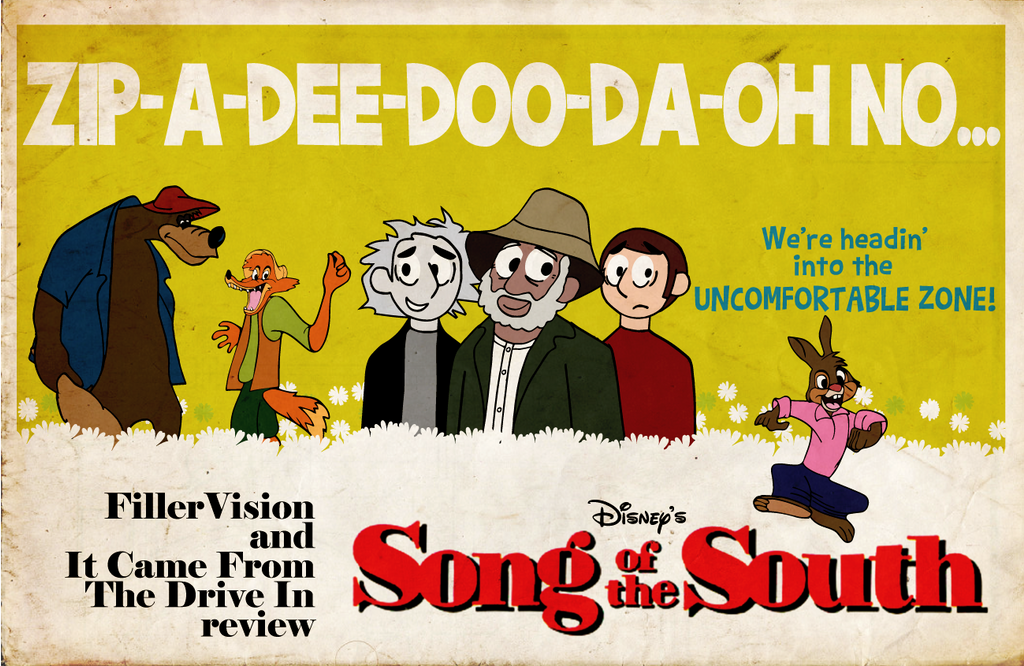
J99: You know how sometimes films get forgotten, either because the film has just fallen out of the public’s radar, or is known by a small handful but just don’t bring it up a lot? While many film companies have had films fall into the forgotten area, one you would think wouldn’t be easily forgotten is the films made by the Walt Disney Company. Well, there live action films to be precise. Sure, the company has made live action films that are currently popular, but does anyone recall films like Kidnapped, The Sign of Zorro, Ten Who Dared, The Gnome Mobile, Moon Pilot, Savage Sam, or In Search of the Castaways? Oh, how about The Incredible Journey that was remade into Homeward Bound: The Incredible Journey, which surprising, has also fallen into the obscurity!
Today’s film however has been mostly forgotten due to the fact the Walt Disney company doesn’t want you to. And seeing how the company’s founder, despite making films with numerous sequences that many have claimed coming off as racist still being put out on home video, you know that’s saying a lot.
That film is 1946’s Song of the South, one of the first live action films made by Walt Disney at the time.
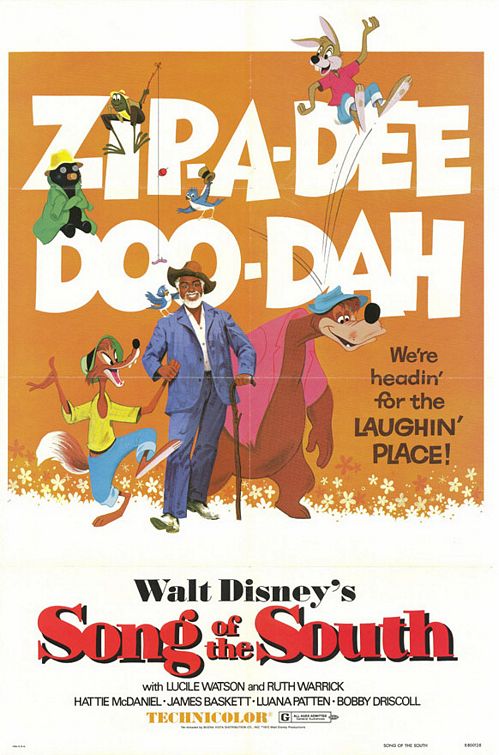
Creature: Ah yes, Song of the South. Disney’s most infamous movie. With the legacy that it holds, and how Disney tries to cover up every trace of its existence, it’s definitely a film that’s quite the treasure to find. So, Jarvis, tell us a little bit about the history of the movie.
J99: Made during Walt’s partnership with RKO Pictures when they distributed Disney’s original animated films, the film was an adaptation of the Uncle Remus stories by Joel Chandler Harris, a journalist from post-Reconstruction Atlanta, Georgia. The Uncle Remus stories were a collection of animal stories, songs, and oral folklore, collected from southern African-Americans, with the fictional Uncle Remus, a kind, old man and previous slave, telling these tales in the form of a storytelling device. The stories were highly popular, to a point Harris’ work was actually praised for capturing plantation dialect of the time.
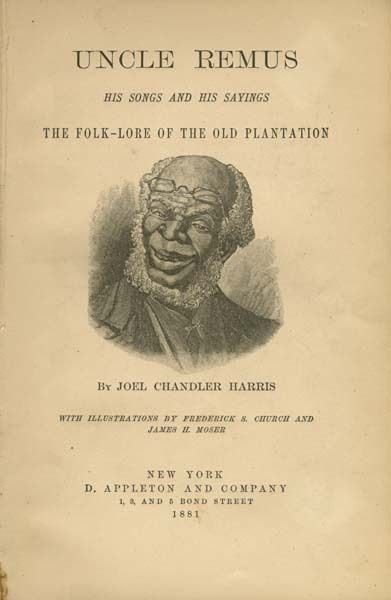
It was until the 20th Century when the Uncle Remus stories began to be looked back on in a negative manor. This was partially due to African-Americans feeling that the dialect and the narrator being a “Old Uncle” came off as demeaning, and to a certain extent racist. Despite Harris’s claims that these stories were true accounts he heard on plantations as a young man, the stories didn’t escape controversy, and with the release of the Disney film in 1946, it never has. Disney, having grown up with the Uncle Remus stories, had plans on doing an adaptation for the longest time at the studio. Yet while he could have done an animated film, Walt felt a live actor playing Remus was a better choice, and in 1939 negotiated with Harris’ family for the rights to adapt the stories. 1944 saw Disney hire Southern writer Dalton Reymond to write the script, though due to Reymond not being a profession screenwriter, was given assistance by Maurice Rapf. A straightforward approach, until you realize this was due to Walt’s fears of Reymond featuring “white Southern slant” in the screenplay.
Despite these fears, Song of the South was released nationwide on November 20, 1946, eight days following the premiere in Atlanta, Georgia. Despite the film being a success, grossing $65 million from a $2.125 million budget, the film was met with mixed reviews, most notably on how the film handled the subject of race. Now, some people did enjoy it, and still do to this day, but the film was ripped a new one by The New York Times, Time Magazine, and by the executive secretary of the National Association for the Advancement of Colored People (NAACP). Despite the pretty bad backlash amongst its release, Song of the South did get praise for its achievement in blending live action with animation, as well as receiving a nomination in the “Scoring of a Musical Picture” category for the 20th Academy Award, but actually was given an honorary Academy Award to actor James Baskett for his portrayal of Uncle Remus, the first time an African American was awarded an Oscar.
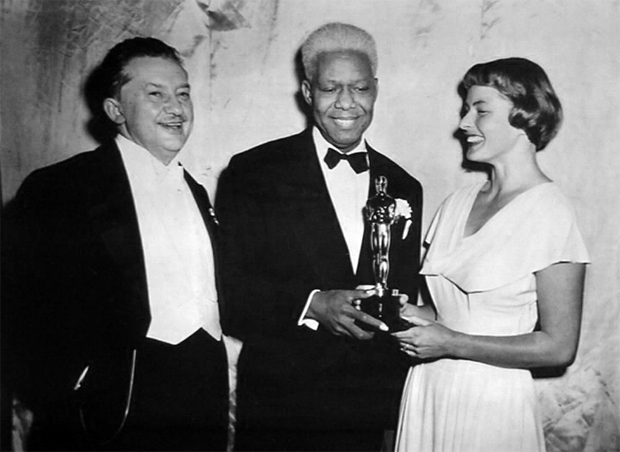
Creature: The film has definitely definitely gone through a rather strange history from its creation to its reception as time goes on. Despite the fact that It’s no real surprise that Disney would try to bury and forget the film’s existence all together afterwards with the film receiving that kind of notoriety.
J99: In the following years, the film continued to live on, with re-releases in 1956, 1972, where it actually broke box-office records, 1973, 1980, and lastly in 1986 to promote an upcoming Disney park attraction, before nearly vanishing altogether, despite the BBC broadcasting it on television starting in 2006. Now while the film did go on to be nearly forgotten altogether, Song of the South lives on with the catchy award nominated Zip-a-Dee-Doo-Dah song, as well as the popular Splash Mountain attraction at the Disney parks.
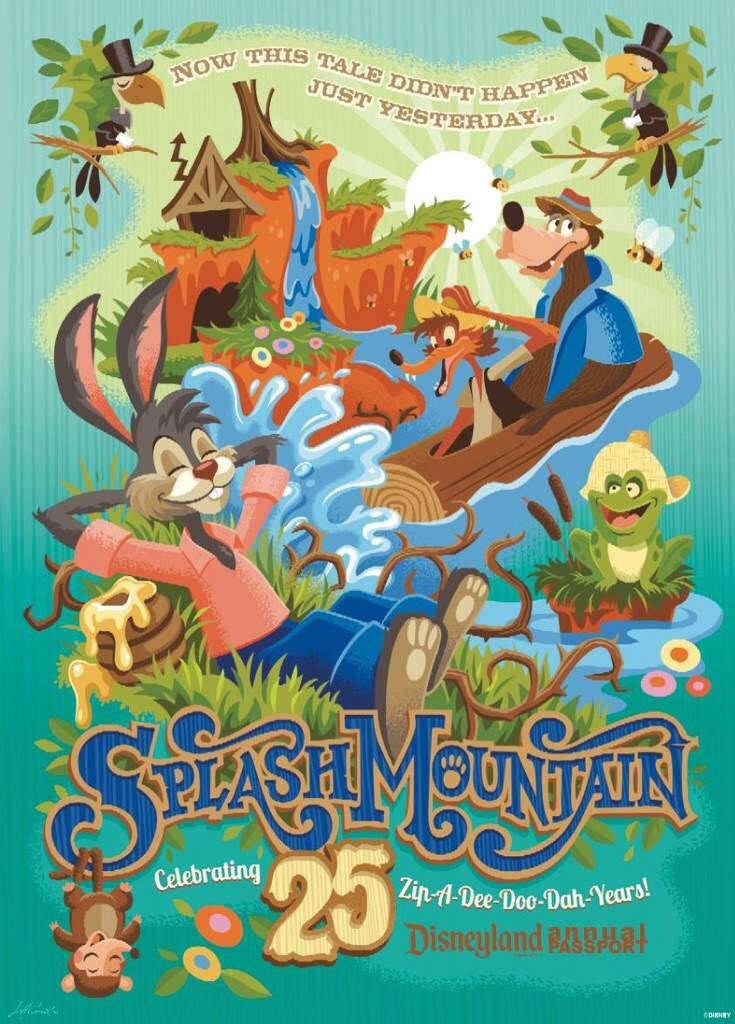
Creature: The song is definitely one of the most memorable parts of the movie. It’s no surprise that’s it has stuck around for as long as it has and it can be one thing that will serve as a reminder of the film whether or not you’ve been on Splash Mountain. Until they decide to re-release, the song will serve as a brief reminder of the film’s existence.
J99: With all the backlash and controversies, with all the negative reception from the company, how is Song of the South? Um, it’s okay, kind off…Right?
The story focuses on Johnny, a young boy who moves with his mother and father to their grandmother’s plantation in Georgia. However, his father leaves for a short time due to his controversial editorship in a newspaper he writes for. Attempting to run away, he stumbles across Uncle Remus, an elder man who is able to win over Johnny’s idea and stays, hearing the tales of Brer Rabbit and his adventures against Brer Fox and Brer Bear.
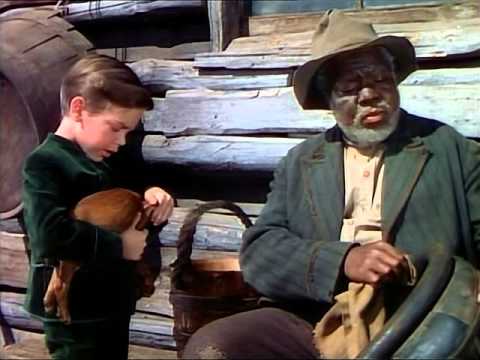
Creature: Overall, that generally seems harmless enough to where it shouldn’t really bother anybody but that unfortunately doesn’t really stop it from being on the rather dull side. With that in mind, it would make you wonder what people had a problem with it, but it does become somewhat clear shortly soon afterwards.
J99: So, what’s racist about Song of the South? Well, bizarrely enough, it’s trying not to be. The film is set where African Americans and White Southerners are getting along and there’s no sign of conflict, which to many came off as the film pretending nothing bad happened. It doesn’t help the film’s setting is never stated, and at no point is anything brought up that puts into context if it’s before, during, or after the Civil War. The only hint is we see them going somewhere early in the day, and later come back in the evening. And no, had Disney gone in a route to do a more historical account of the story, it would have still had a backlash.
It also doesn’t help the portrayal of African American’s here are given dialogue that people assumed was the type of speech used back then, which we know now isn’t. Now I will agree a big iffy and awkward element is the tar baby, a trap used in one of the animated sequences. Now while it did come from the stories, I can see how many African American’s saw it coming off as being racist towards them, and I won’t lie it does come off offensive with that idea in mind.
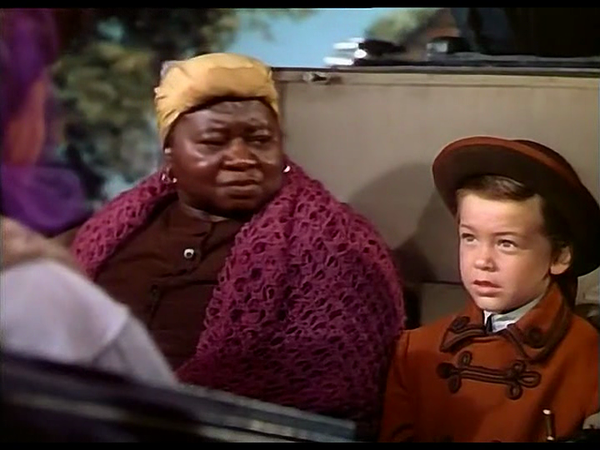
Creature: I’ll admit, simply ignoring the idea that the Civil War didn’t happen isn’t a very good idea (despite this film supposedly taking place after it). As you mentioned, even if it did try to be historically accurate, that still wouldn’t help the movie in any way. I do see why Disney would try to ignore the idea, but that whole idea of throwing out a big chunk of history wouldn’t, and obviously didn’t, go over well in the end (plus the stereotyping didn’t really help either. Although, while this is a big issue with the film, that isn’t the only one that this movie had.
J99: Sadly, the biggest issue of the film is when the main focus is on Johnny and his life on the farm. It’s dull, in the worst way possible. Nothing eventful or engaging occurs, so you’re just sitting there wanting something fun to happen, and the only entertaining thing we get are three animated sequences, but by god are they placed in a way it seems forever to get them.
Creature: I couldn’t agree more, this film can get very dull at times. If you’re not watching the animated scenes, it really just drags along and it really doesn’t try to engage the viewer to sit through it to get to the animation. What makes it a bit worse is that the characters don’t try to progress the story any further. Johnny doesn’t exactly bring much to the film except some situation in which he’ll end up going to Uncle Remus. It gets repetitive in that regard and it really hinders the film as a whole.
J99: Now one of the film’s saving graces is with the animation sequences. This animation is fantastic. It’s right up there with Who Framed Roger Rabbit, just the way people are integrated in animated landscapes to animated characters in real backgrounds look great. It always looks like the two different elements are interacting in a believable manor.
Creature: The animation is indeed fantastic. The animators matched up the integration of the actors with the cartoon characters perfectly and it definitely is one of the better examples of that kind of technical achievement before films like Roger Rabbit and the later use of computer animation.
J99: The other saving grace is actor James Baskett as Uncle Remus.
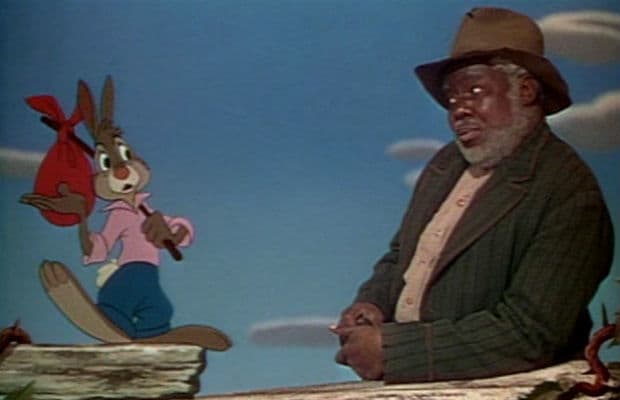
I love his performance here. Baskett is such a kind soul and is so loveable you wish he was there in the room with you just to hear him tell tales. He gives off this warm, friendly presence, and I’m happy people took notice, allowing him to earn an Oscar.
Creature: James Baskett is the best actor in the film. No question about that. He brings an upbeat performance that gives the character very likable that would make him easy to bond with and definitely makes him the best actor in the film. It was good that they gave him some recognition for it at the Oscars.
Final Thoughts:
Creature: So, What did you think?
J99: Song of the South is sadly a dull film with some racist problems from the time it was released, but if you ever are curious to see some spectacular animation, a great performance by James Baskett, and to see where that upbeat song came from, or heck, just looking for a Disney film you haven’t seen, I would recommend watching it.
I will argue this film should be allowed to be shown to the public. I feel showing this to the public would be a good way to show a film with some good innovations and just a film of the time it was made in. It never is a smart move to keep something hidden, especially if it helps give a different point of view generations later with different views and opinions that have changed. That and at least it’s not as aggressive or intense as 12 Years a Slave or the new Birth of a Nation which, while being pretty spectacular movies, don’t leave you in a state of depression.
Creature: Like my co-reviewer said, this is a dull film. While the film’s controversy may be something to catch your interest, there’s very little to enjoy in the movie aside from (as Jarvis also mentioned) the animation, James Baskett’s performance, and “Zip-a-Dee-Doo-Dah”. Although, as he also mentioned, it is one of the more light-hearted movies centered around this time period than some others that have recently come out.
Suggested Collections
Featured in Groups
© 2017 - 2024 Jarvisrama99
Comments0
Join the community to add your comment. Already a deviant? Log In

















